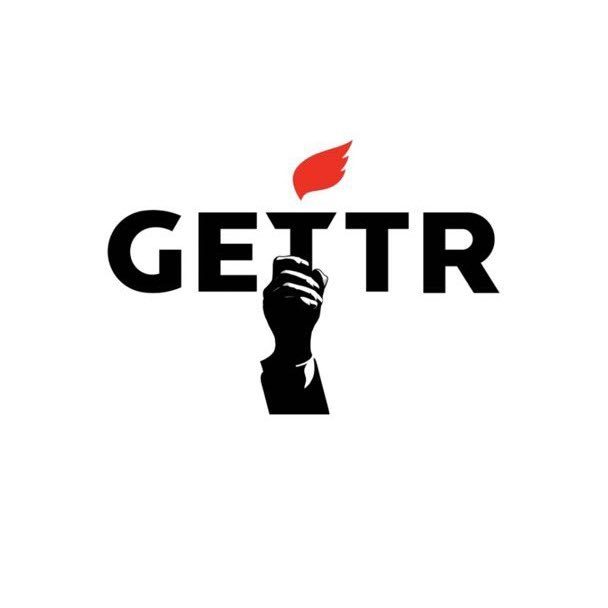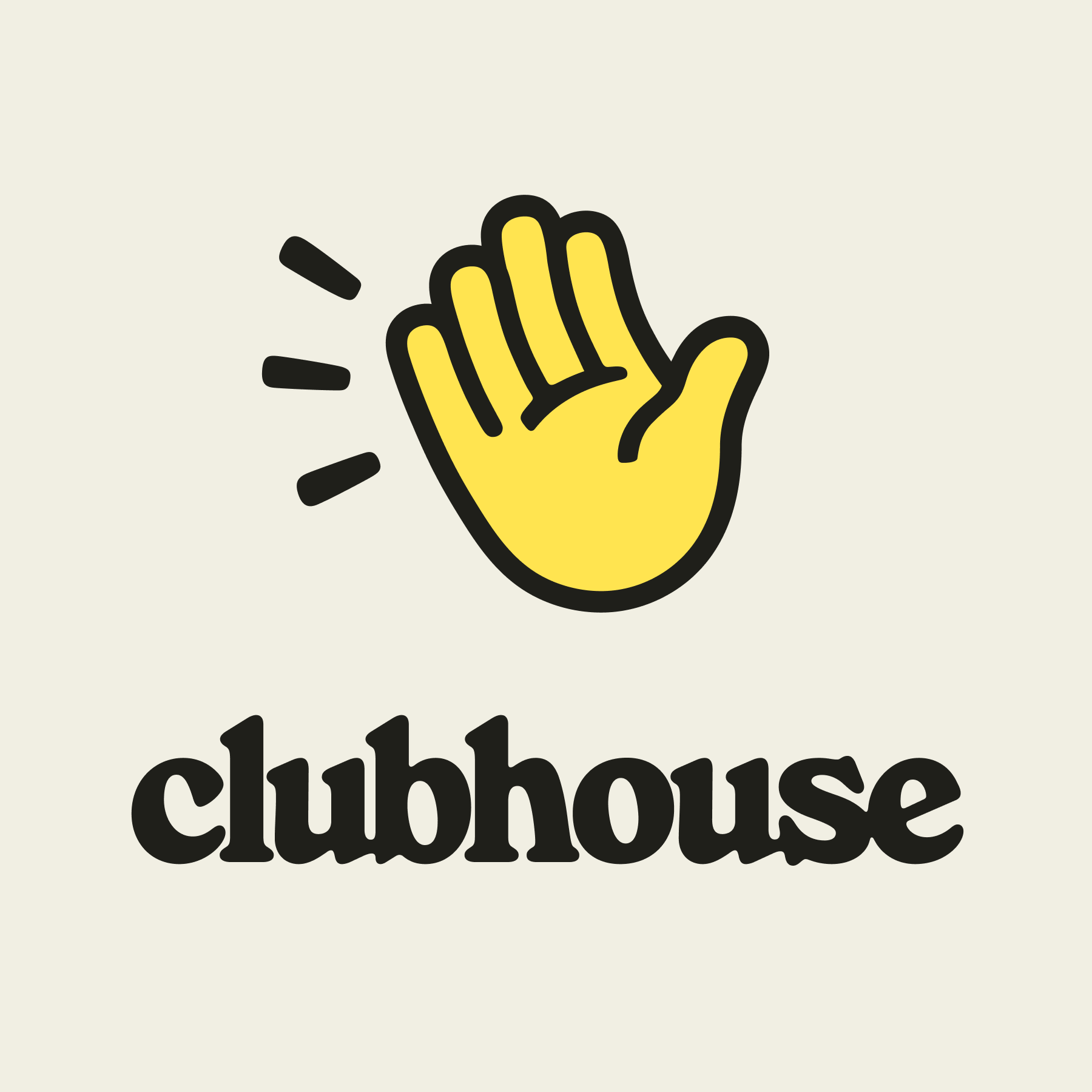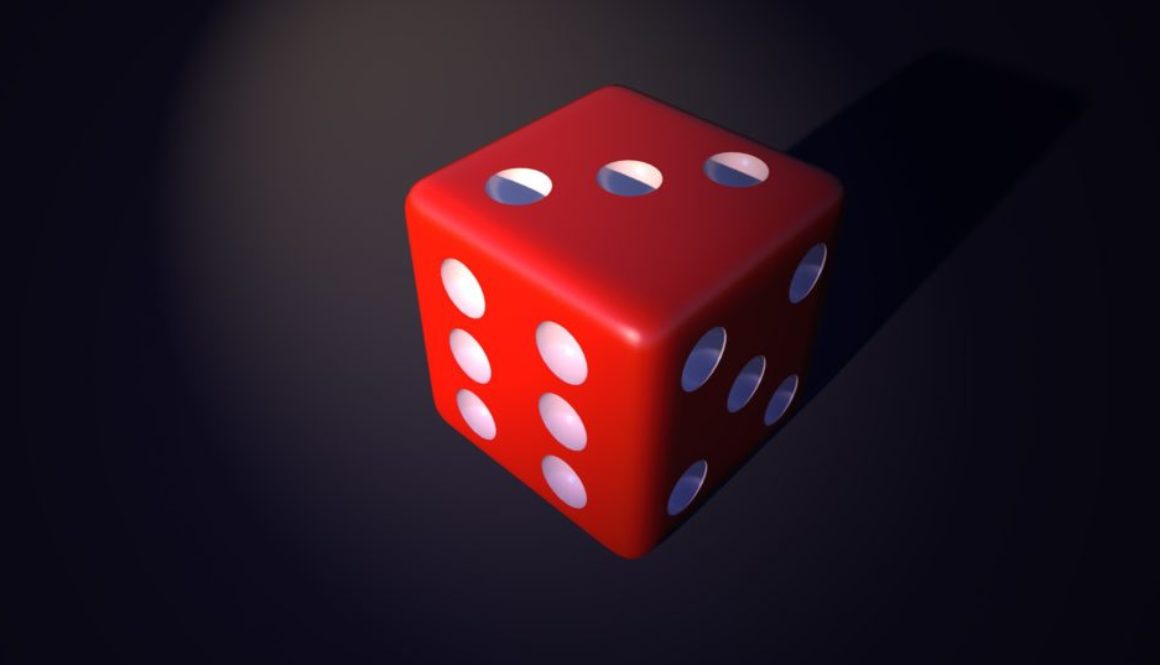The Trendsetting Paradox: The Dice Have no Memory

The Trendsetting Paradox: The Dice Have no Memory
“The dice have no memory.” Dice don’t understand statistics or probability, nor do they feel inclined to roll up in any certain streak for you. That is the underlying truth of all gambling. The idea that a trend in a game of chance is due to end because of the odds is referred to as the Monte Carlo Fallacy or the Gambler’s Fallacy. This is based on black hitting twenty-six times in a row on a roulette wheel at the Monte Carlo Casino in 1913. Gamblers believed red “was due” and lost millions of dollars at the wheel.
So I am posing the question (and answering it): is it better for a small business to set trends or follow trends? My thesis is that it’s actually better to follow trends than set them and I have a strong argument for that, which is likely to be ignored.
Research. Trendsetters pour tons and tons of money into researching the trend they are setting, so profits are reduced because so much money went out in the beginning to create the trend and decide how best to attract people and make them enjoy it that another business can observe exactly what the trendsetter did and copy it easier than building it. A great example is McDonald’s. Look at the health department scores for any town. With a very limited number of one-offs, chain restaurants will have better health scores listed than single-owner restaurants. With that, my friend Don was known as “Mr. 99” because of one problem what would have been costly to fix in his restaurant causing him to lose one percentage point in his otherwise flawless sanitation policy. The fix would have required a jackhammer to the floor and some new lines for a pop machine. The issue wasn’t a problem and his knowledge of the issue allowed him to vigilantly mitigate any issues that may arise from it, so all it did was cost him a single point on paper and was still one of the cleanest in town. I digress. McDonald’s has billions to spend on sanitation research. That mom and pop you frequent has like an extra $20. The mom and pop is paying for their son’s college or their daughter’s braces and being a single facility means there isn’t the large collective to pull funding from.
Profits. Nike makes awesome shoes. It costs them a fortune to do the R&D on the shoes and they charge north of $100 for a pair of sneakers, but their net profit is 4% to 6%. It may shock some readers that I could buy a pair of Nikes, send them to China to be torn apart, and have the company reverse-engineer something equal to (or better) for a retail price of $40 where I make a 20% to 40% net profit per item sold. I am going to say something very controversial next. An American designed product can be made in China by a manufacturer, bought here in the U.S., be sent back back to China as a prototype, built as good (or better) than the original, be sent back to the U.S., and sold in stores or drop shipped via online purchase all for a fraction of the price of the original product. How long would it take to have that up and running? A month. By doing that, you will not make the money that equates to the aggregate of the entire Nike annual profits, but you’ll make a lot more than you’re making today. Look at Walmart. Their shoes may not be name band, but they look familiar and they don’t cost that much, but they have a different brand label.
Risk. Let a trendsetter take on all the risk. If it’s an untapped market, let someone else tape that market and then follow. At the tattoo shop I was part of, I built the shop website and created a list of services. Trust me, I looked at other websites and pulled from them to build ours. The website would have cost $3,000 from a designer and $50 a month for service and hosting, plus another $500 per month for the constant photo updates we were doing. We updated our photos near constantly after a job. That’s $9,600 for the first year and $6,600 ahead after that. We paid $7 a month for hosting and $15 a year for the URL, so our cost was $100 a year, a savings of $9,000 in the first year. Let other businesses risk their money. Copy their efforts!
Costs. It’s cheaper. Imagine if you wanted to build a very unique house and hired an architect. They don’t work cheap. Now imagine your friend stops over and loves it. He snaps some photos and shows a contractor who can duplicate it for 20% less (like I said, architects aren’t cheap). The same is true in business. I can walk into any restaurant or bar in the country with a couple friends and take pictures all day long of how awesome the place is and duplicate those designs through a builder, or an interior designer, or by myself if it’s easy enough. (This is an example which I am not personally qualified to do, but is used for the example.)
Ease. It’s easy to copy someone else’s work. A business owner can see the costs and figure out how to cut them before implementing any ideas. Look at Texas Corral and Longhorn Steakhouse. I have no idea which one came first and its unimportant because both properties have the same trashy atmosphere the customers love; the corporate roadhouse feel. Whomever came second can easily just copy everything from the trendsetter because the work has already been done. It’s like copying someone’s math homework and not just the answers.
Every introductory college marketing class talks about paradigm shifts. What they never discuss is the cost associated with that paradigm shift. To change a person’s views on anything is expensive and time-consuming. Let someone else do that work for you.
So what is a trend and why is it bad to try setting one? A trend is a streak, like poker, that people tend to bet on or against. “Trend” is defined as “a general direction in which something is developing or growing.” I worked for a hotel restaurant in La Porte, Indiana. It’s not a trendy place. In fact, the one trend we have is to not be trendy. In the food service spectrum, it’s a Midwest meat and potatoes place. The owners of the hotel wanted to take out the wall between the bar and restaurant to make more like a nightclub that served food. Their reasoning was: it works in Detroit. First, in Indiana a restaurant can have a bar but the bar area has to be accessible only to persons 21 and over, so no children would then be allowed to enter the food service area (this law changes / changed July 1, 2023). Just because a trend works elsewhere doesn’t mean it will work where you want it to. They then leased the restaurant to a Chinese businessman who owned other restaurants and his nephew talked him into turning it into an Amer-Asian fusion restaurant. He closed his doors six weeks later, blaming the narrow-mindedness of the locals. It wasn’t the fault of the locals, but the people trying to change them. You can’t sell someone a product they don’t want and don’t understand. If someone else did the concept and it was locally accepted, I’d tell others to follow suite. The town next door has nearly no Hispanic population yet has ten or more Mexican restaurants. No one new is setting a trend, just enjoying the fruits of the labor of the first one.
Please like this on social media if it helped you or you enjoyed, share it with a friend who can benefit from it and / or tag that friend so they can see it. Share on your social and please tag me at @TheMichaelBeebe on all things social or use the hashtags #TheMichaelBeebe and #MichaelBeebe. Also, if you got something out of this, please follow my social. There’s a lot of it! By now you have a pretty good idea of what I talk about in my blog and if you have any questions or comments about any of those things, please feel free to shoot me an email at [email protected].
For more from Michael, please go to TheMichaelBeebe.com. Thank you!
Read more at this Gizmodo article from 2014 about the Monte Carlo Fallacy. https://gizmodo.com/the-night-the-gamblers-fallacy-lost-people-millions-1496890660














